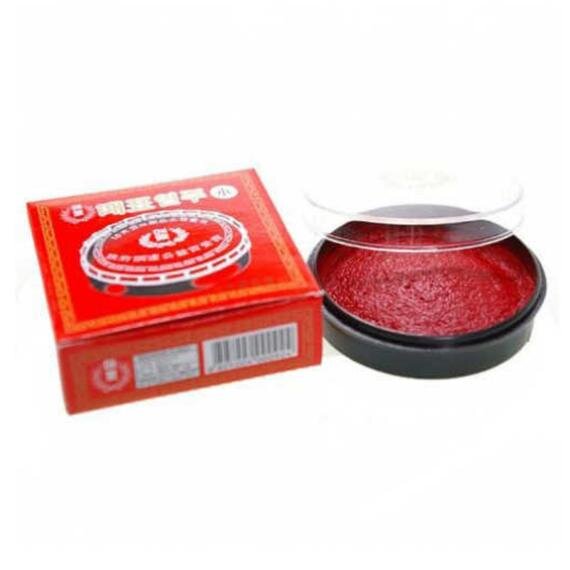And By My Name: Name Stamps
In Western countries, a person uses their signature as a binding seal for important documents. In East Asia, a name seal is a more commonly used method to sign documentation. While they go by different names in each country, they all share a similar basic shape. Korea is no stranger to the use of name seals.
A Little History
“Seals” are common throughout East Asia. According to Wikipedia, the earliest known usage of seals in South Korea is 2nd century B.C. However, they did not become popular until the time of The Three Kingdoms. There were two main seals used during these times; one was called the gugin (국인) and the other eosae (어새) or eobo (어보).
Gugin was for the exclusive use between the Emperor of China and the Korean kings. These seals were gifted to Korean kings as a way to keep relations between China and Korea. Eosae or eobo were used for correspondence with countries other than China and things within Korea.
When South Korea became a republic in 1948, the two seals were replaced by one seal called a guksae (국새). Government officials also had seals similar to guksae called gwanin (관인).
A less common type of seal is called a nakkwan (낙관). Nakkwans are used by Asian traditional artists to identify their work, similar to how Western artists sign their pieces.
Modern Times
In more modern times, seals are still common. Most Korean people have personal seals that are called dojang (도장). Every corporation and government agency also have seals that are used for documents. While signatures are a widely accepted method of certifying documents or purchases, most Koreans will still use a dojang on documents alongside or instead of their signature.
In order for a dojang to serve as a legal form of certification, it must be registered at a local government office and receive a “certificate of seal registration.” The seal then is referred to as an ingam (인감). Ingam are used for more formal documentation like government forms or major purchases like property or land. For other less formal official purchases, a regular dojang would be used. Koreans will often have more than one dojang for personal use.
In 2012, an act called “Act on Confirmation, etc. of Personal Signature (본인서명사실 확인 등에 관한 법률)” was passed. This act allowed for a registered signature to be used in place of an ingam and have the same legal precedence.
Pieces of a Dojang
Korean dojangs are made out of a variety of materials, most common are wood and stone. A more expensive piece may be made out of jade or ivory. In rare cases, they will be made out of steel or bronze. They can be square or round, long or short, and even thin or thick; it is all based on the preferences of the future owner. The side of a dojang will sometimes be decorated with designs in different shapes or styles. The bottom of the dojang is where the engraving will be. With the purchase of a dojang, it is important to purchase a red ink pad. This is the type of ink that is most commonly used when using the dojang as a means of certification.
Make Your Own Name Seal
While name seals are used in Korea for official purposes, during a visit to Korea it is possible to make your own dojang. The most popular place to acquire a dojang is in the Seoul neighborhood called Insadong. This neighborhood is a popular destination for Koreans and foreigners to purchase traditional Korean items. If you are unsure how to locate a shop to purchase your own dojang, you can reserve experiences in places that are foreigner friendly here and here.
Final Thoughts
No matter the name used to describe them, these pieces of art have been a part of Korean culture that has stood the test of time. If the opportunity ever arises to make one for yourself, take the time to learn the history and meaning behind these pocket-size pieces of usable art.



